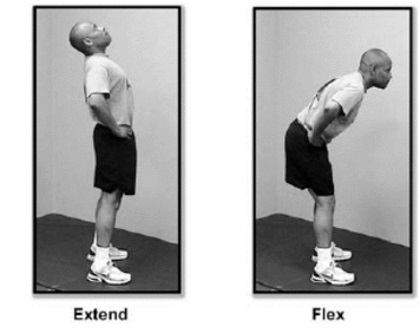As any service member knows, military life brings its own set of challenges—unpredictable schedules, frequent moves, and limited access to personal documents. Thankfully, the IRS recognizes these unique circumstances and provides special tax‑filing accommodations tailored to those in uniform. Here’s an updated rundown on how military tax extensions work—and what’s changed in the past eight years.
Combat Zone Extensions
If you’re deployed to a recognized combat zone—or a contingency operation—you qualify for a powerful automatic extension. The clock for filing, paying, claiming credits, getting refunds, making IRA contributions, and even responding to audits starts the day you enter the zone and continues for 180 days after you leave, plus any days remaining before the April 15 deadline when you deployed.
This extension also specifically includes assessment and collection deadlines, with no interest or penalties for delayed actions taken during the extension period. If you’re hospitalized due to injuries sustained in the combat zone, that 180-day extension may be extended further—if hospitalized outside the U.S., the same 180‑day period applies; if hospitalized inside the U.S., the extension may stretch up to 5 years.
Who qualifies? Besides service members, this benefit extends to civilians supporting military operations—like merchant mariners, Red Cross workers, and even spouses (with some timeline caveats).
Overseas & Stateside
Stateside (within U.S.):
File Form 4868 before the mid-April deadline to get a six-month automatic extension to file your return—but be aware: this does not delay payment or reduce penalties/interest on any tax due. You must pay your tax by mid-April, even if you have not yet filed.
Overseas (outside U.S. & Puerto Rico):
You automatically get a two‑month extension with no form required—just attach a statement confirming your overseas military service. Need more time? File Form 4868 by the end of that period for an additional four months, and if still not ready, you may request a discretionary extra two months (until December 15) via a letter to the IRS. (Use this as a last resort, though. The IRS has become notoriously bad at processing paper requests.)
Federal Publication 3 Gets a Refresh—Stay Informed!
Your go-to guide, IRS Publication 3 (Armed Forces’ Tax Guide), was updated for tax year 2024 and published in March 2025; it includes the latest rules on taxable vs. nontaxable combat pay (update posted April 18, 2024). Make it a habit to review it each year—that 37-page booklet remains the most comprehensive resource for military-specific tax matters.
What’s New: Resources You Can Use Now
- MilTax: The DoD-sponsored free tax prep and e‑filing software, available to active-duty, Guard, Reserve, and even some veterans for up to 180 days post-separation—includes federal and up to three state returns.
- VITA (Volunteer Income Tax Assistance): Volunteer support across military installations helps with combat-zone provisions, EITC, and more.
- IRS Military Webpage: Updated as of April 2025, it offers quick links to combat pay exclusions, EITC tweaks, and tax insight for veterans and military families.
- Local Installation Help: Many bases still run free tax help during and even after filing season—check with your legal office or tax center.
State-Specific Rules
- Virginia: Known for extending combat-zone deadlines either by allowing the IRS-based extension plus 15 days or granting a full one-year extension—whichever is later. Non-combat service gets six months automatically.
- North Carolina: Typically aligns with federal rules for combat, provides automatic four-month overseas extension, and allows an extra two months via Form D-410.
State legislation can change these rules at any time, so always verify the information before you act on it!
Practical Tips
While these extensions offer much-appreciated breathing room, here’s the bottom line:
- Combat-zone extensions are automatic—but the IRS may not know you qualify. You still need to alert them—e.g., write “COMBAT ZONE” at the top of your return or include the proper paperwork.
- Form 4868 is your friend for both stateside and overseas extensions—better to file early.
- Use MilTax or VITA whenever possible—especially the VITA volunteers who know military tax nuances.
- Check Publication 3 annually—now updated through 2024 (posted in 2025) with the latest combat-pay and extension rules.
Your Best Next Step
If your tax situation is straightforward, give yourself a moment of relief using MilTax or VITA support. But if you find yourself tangled in multi-state filings, tricky combat-zone calculations, or you’d rather focus on something other than paperwork—reach out. We’re here to handle it, so you can rest easy knowing it’s done right.


